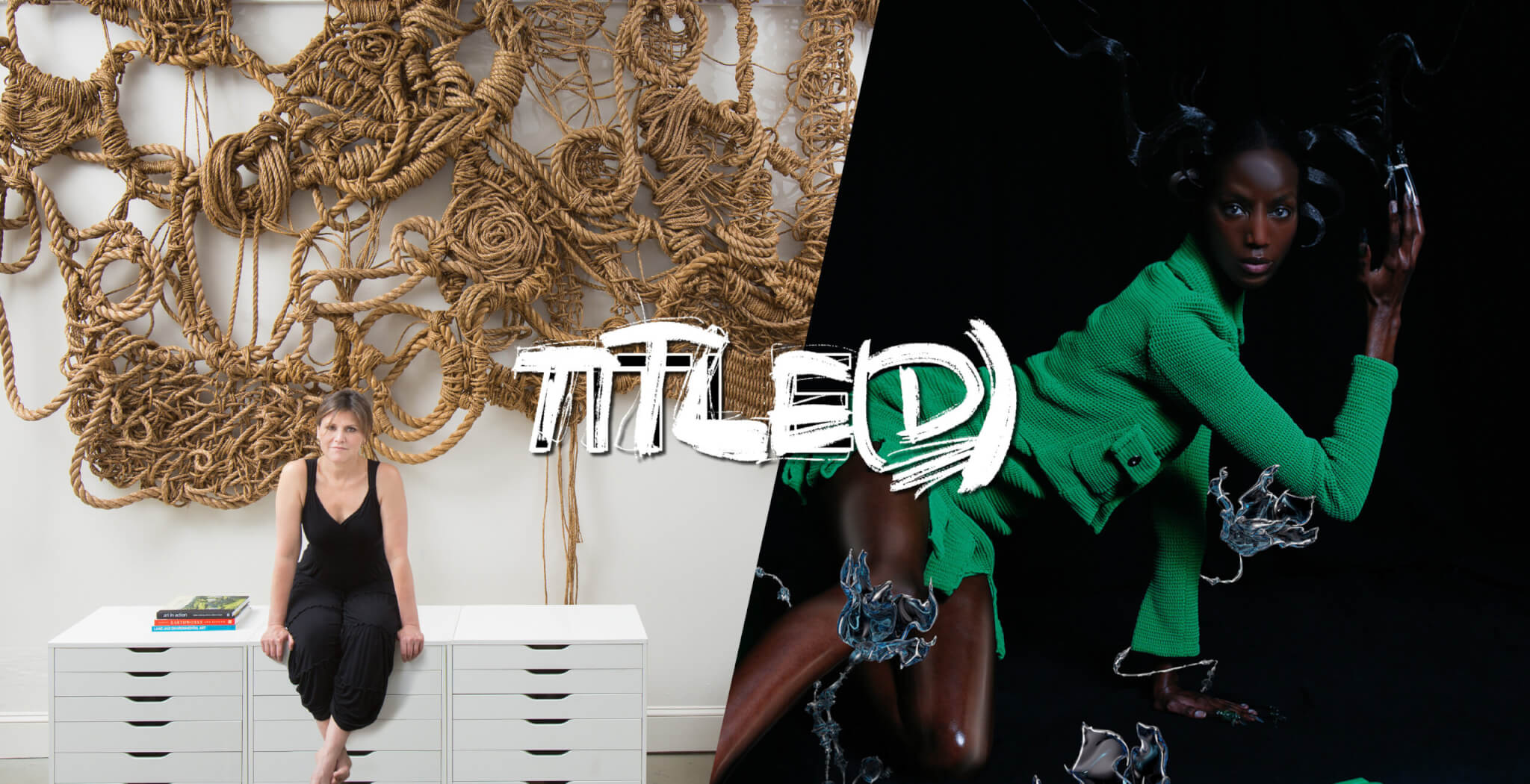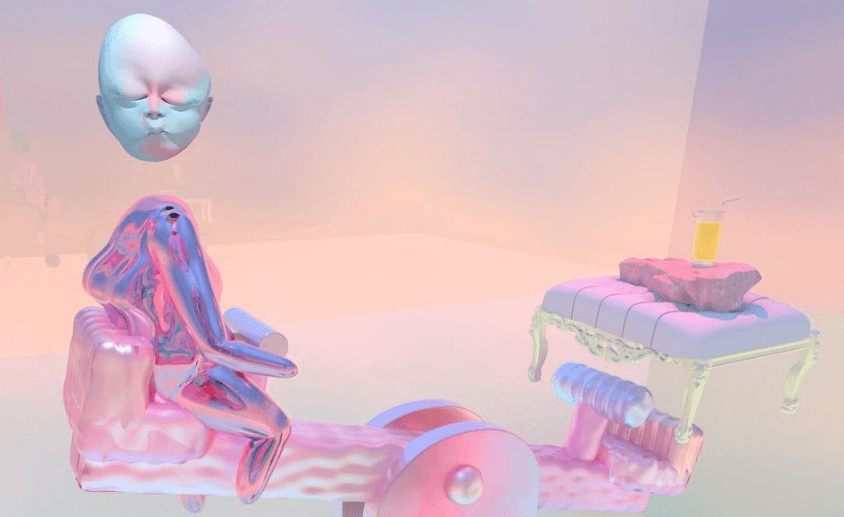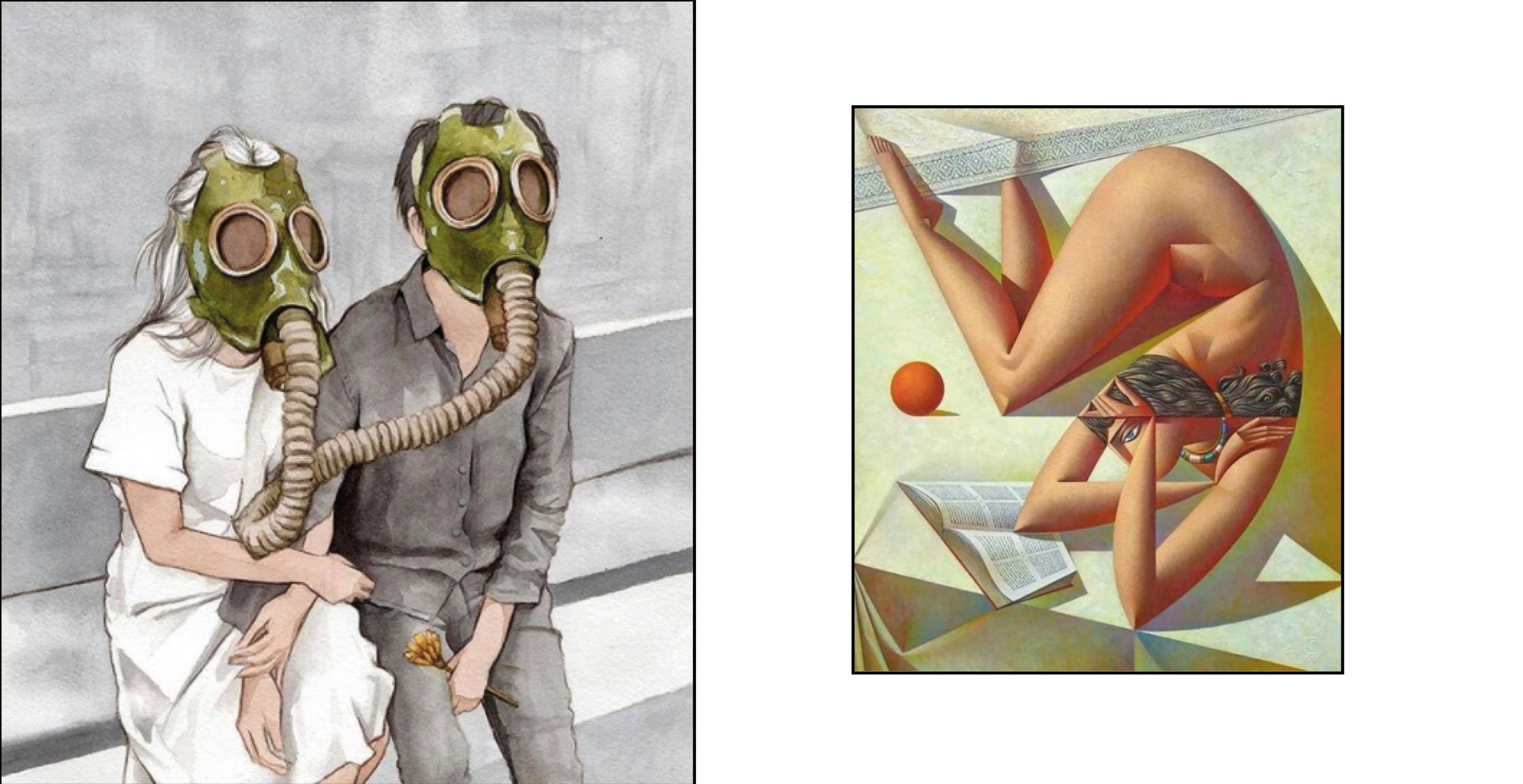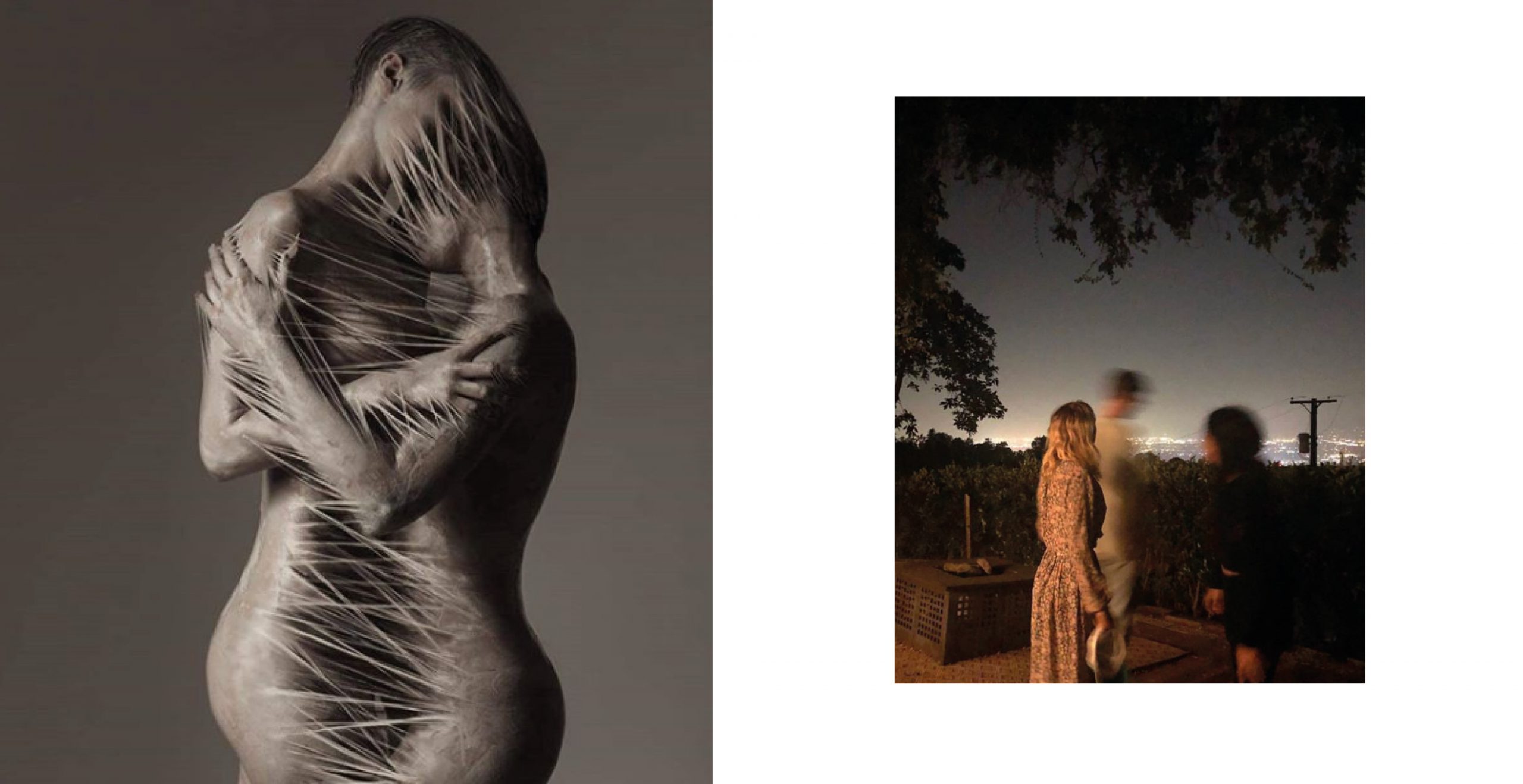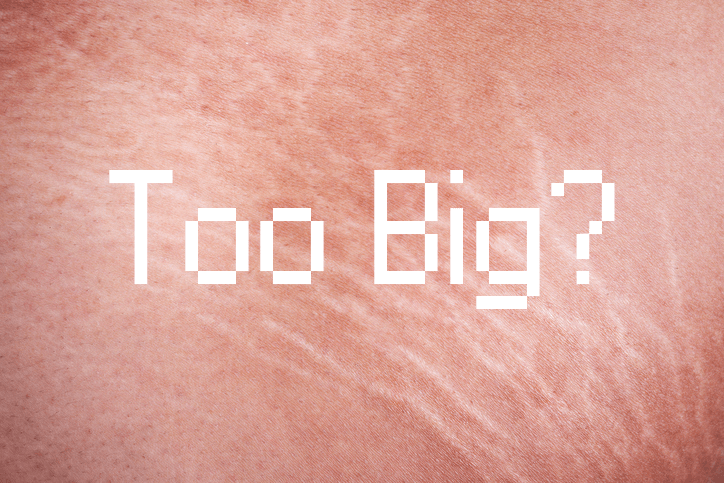For many artists, the creative process and avenues of sustainability increasingly go hand in hand. Those that create tangible works know that art supplies can cause an environmentally harmful impact; brushes and palettes contain plastic components, while dried color can turn into non-recyclable waste.
In an industry built on exploring new possibilities of creation and communication, artists are seeking new techniques and supplies to create works with a gentler eco-footprint. For Susan Beallor-Snyder, the result is recycled art. Based in New York, she works with themes of reinvention, while relying heavily on sustainable materials. Natural and found materials she uses include weathered wood, driftwood washed ashore or left on roads, rocks and stones, rusted metal, and old hand tools. “I do my best to think before I create,” she says.
A prime example: Weaving Narratives, her 10 x 8’ sculpture woven out of natural manila rope, displayed at the U.S. Botanic Garden in Washington, D.C.
“I am always looking at textures and different kinds of natural materials and techniques that can open doors to new and exciting works,” says Beallor-Snyder. “I let the rope and materials guide me.” Most important to her is to avoid waste in her creations, while being respectful of the environment. She cites environmental artists like Andy Goldsworthy and Patrick Dougherty, who use the existing natural landscape to create an art experience.
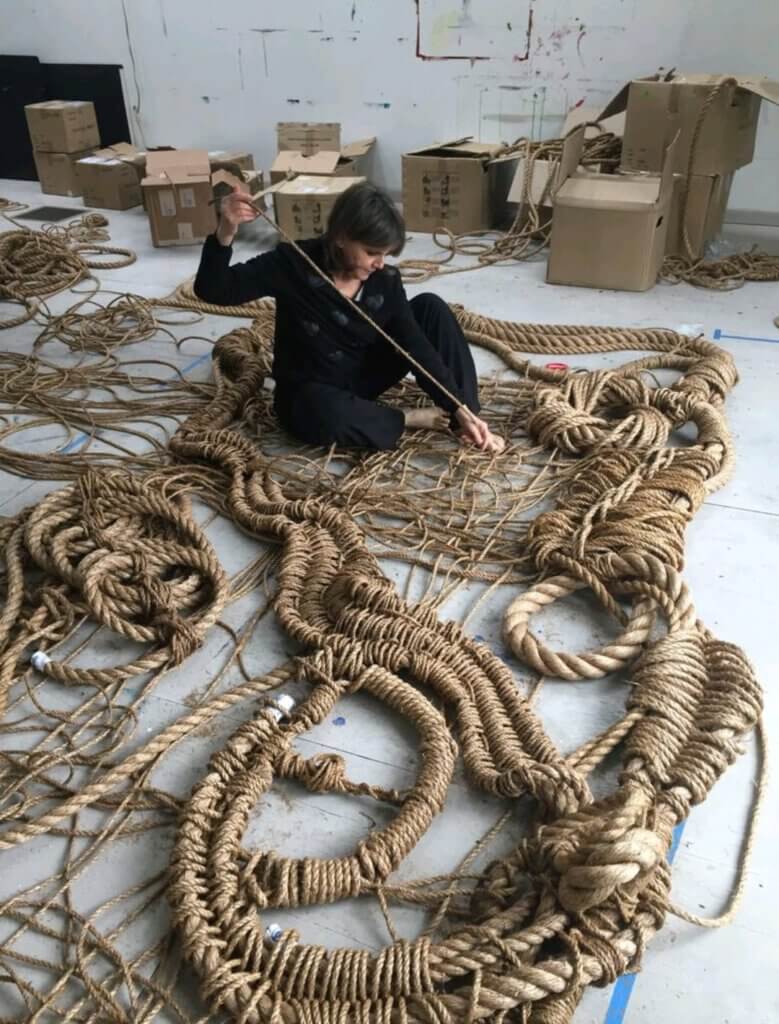
“I am challenged by how we can work by using what we have instead of reaching for something artificial or prefabricated,” she explains. For more insights into Susan’s work and to read the full interview, click HERE.
Welcome to the Digital Age
While Beallor-Snyder tackles the issue of sustainability in terms of materials, other artists perceive the issue from a digital path. Nina Doll, a digital fashion designer and CGI artist from Berlin, experiments with digital garments and techniques that would not be possible in real life. By focusing on the intersection of craftsmanship and digital possibilities, she explores what it means to work in fashion without haptic fabrics, needles, and garments.
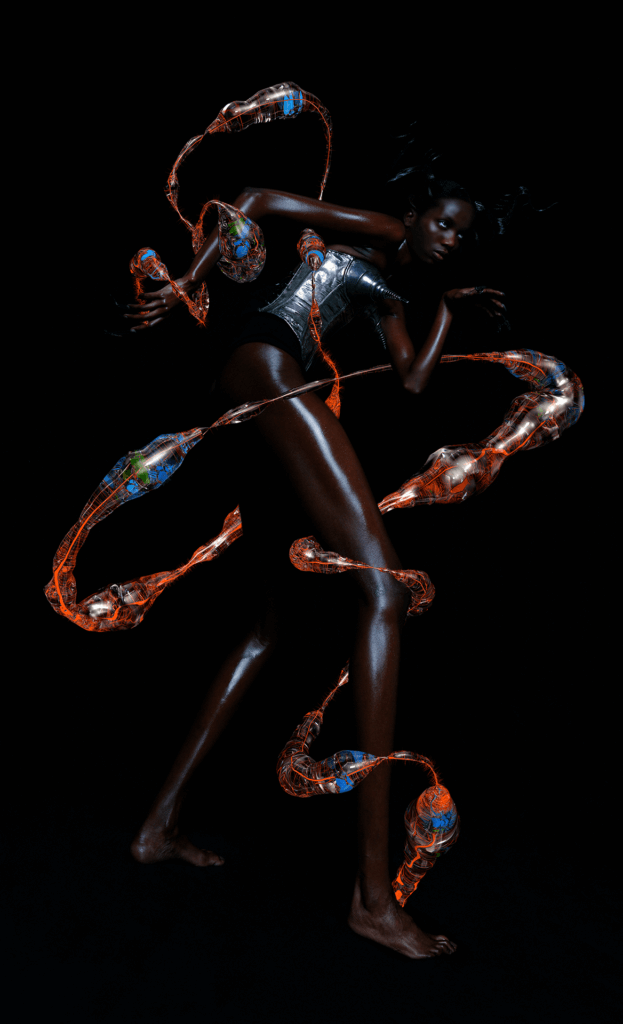
“Digital design, art, and fashion offer an amazing opportunity to restructure the way of production,” says Doll. Rather than advocating solely for digital clothes, she sees her work as a way to design and experiment without trying every single change or every cut on a real-life prototype. This in turn cuts down on sampling and fitting rounds, while offering a virtual reality alternative to location shoots.
“If what you are creating is more about expressing yourself and your creativity, then virtual realities are a perfect opportunity to do so without producing any textile in real life,” she says. Click HERE, for more statements by Nina on sustainability in the art and fashion industry.
Beallor-Snyder and Doll’s two takes on sustainability in art remind us that sustainable solutions can be as creative and multi-formed as the works they create. Like these artists, let’s not stop at just implementing basic changes in our lives. Let’s be curious and willing to create change in our own ways.
Text edited by: Sarah Y. Wu








